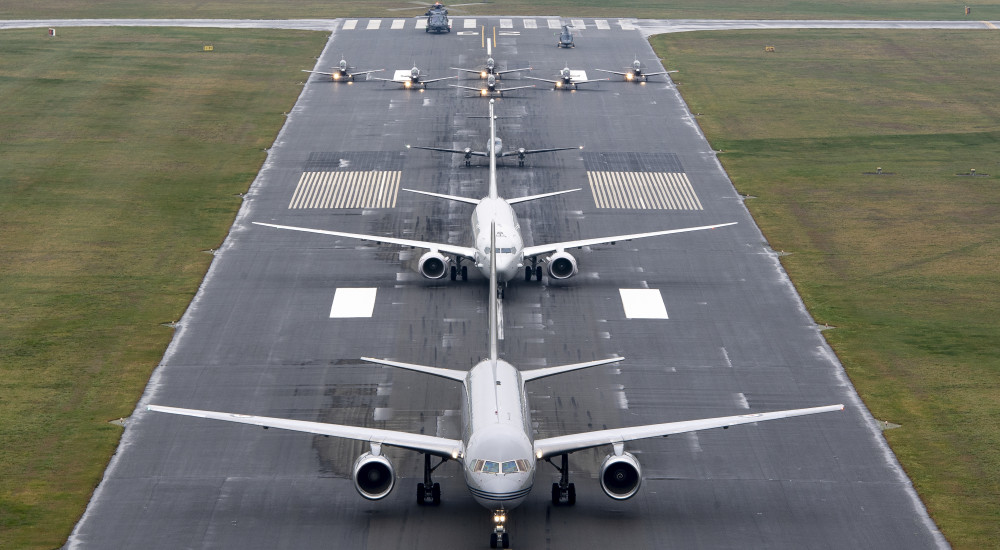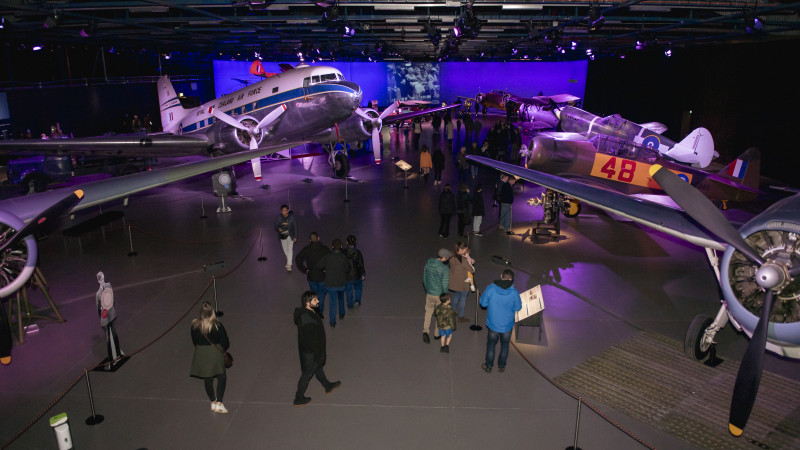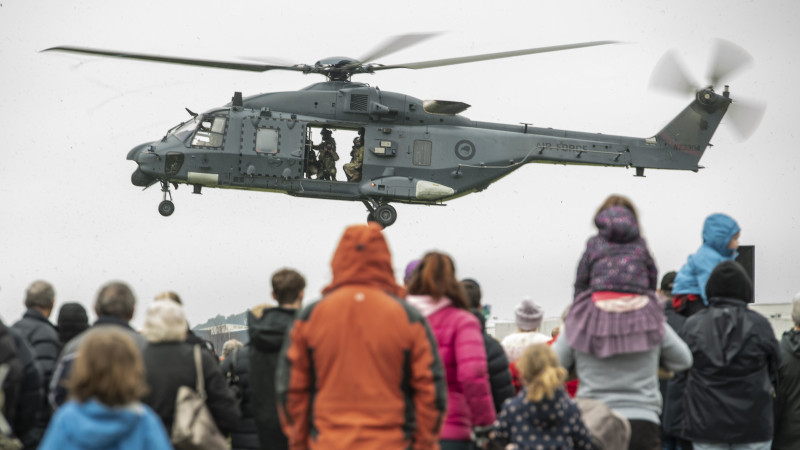


On Saturday 14 June Christchurch’s Air Force Museum of New Zealand celebrated 100 years since the birth of New Zealand military aviation. Hundreds packed the museum at Wigram to enjoy a gala day commemorating the occasion and, while the weather literally rained on the Air Force’s parade, stopping a planned fly past of aircraft from all the different fleets, it didn’t stop the buzz from the crowds.
The Air Force Museum of New Zealand put on a cracking gala day to celebrate the 100-year anniversary of Sir Henry Wigram selling a plot of land to the government of the day, for a bargain, for military aviation use.
Going back in the history, Hundreds of New Zealanders flew in Allied air forces during the First World War. The small air force established in the 1920s remained under army control until 1937. Two years later, an independent RNZAF started training thousands of aircrew for the war in Europe and later undertook operations against Japanese forces in the Pacific.

Blériot XI monoplane – Britannia – flying over Auckland Exhibition Grounds, 1914.
The post-war period brought radical change in the RNZAF’s size, structure, and equipment. Following deployments in South-East Asia during the 1960s, the air force began to focus on maritime surveillance and strengthened ties with the United States. Government policy during the 1980s and 1990s impacted heavily on the air force.
In 1923 New Zealand established its first air force. The New Zealand Permanent Air Force (NZPAF) was made up of 11 full-time staff in charge of carrying out administration and training. They were backed up the New Zealand Air Force (NZAF), a territorial unit of around 100 part-time volunteers, most of them ex-First World War pilots.
For the celebrations at the current day, alongside an exhibition detailing the origins of the country’s air power and the museum’s usual exhibits, there was a ground display of A109 and NH90 helicopters, which the public were welcome to explore; children’s activities; and a jazz band to add to the atmosphere.

The museum was quickly filled with excited crowds and dozens of air cadets were on hand to help during the day.
A planned fly past of Air Force aircraft, including the new P-8A Poseidon, was sadly cancelled due to low cloud and rain throughout the day, however the A109 and NH90, which had been on display were able to take off and put on a show for the visitors.
The Ground Display director Squadron Leader (SQNLDR) Sean Willis said overall the day was a success.
“The amount of cadets we have here volunteering to assist has been phenomenal. We’ve got just over 60 helping in the museum and externally with the traffic management and security. They’re all enthusiastic to be here and they are all very excited in the lead up to this event.”

The crowd numbers were gratifying and the fact that big numbers started early in the day was pretty good, he said.
“It’s great to see the buzz and excitement, even with the inclement weather – there are a lot of people out there looking at the A109 and the NH90 and seeing what there is to see.
“This is a very significant day for me. It was the start of the journey from a Permanent Air Force to its evolution into the RNZAF over the last 100 years. Credit to those individuals who, back in 1923, did all the hard work to get this established and start the military aviation journey for this country – it’s pretty special.”
The day recognised the vision and passion of Sir Henry Wigram and others to put something in place, thinking ahead of what the nation was going to need when considering the conflicts and activities that were happening around the world at the time, SQNLDR Willis said.
Chief of Air Force Air Vice-Marshal (AVM) Andrew Clark was also at the museum marking the occasion recognising work that had begun the journey to military aviation a century earlier.
Sir Henry Wigram was a foresighted man who could see what was coming along the track, he said.
“When he was the Mayor of Christchurch they had horse-drawn trams – he was the guy thatsaid they should start using an electrified tram system. Later on when he was a Member of Parliament he could see that aviation was going to be a big thing in the future and important to New Zealand, but not everybody in the early days bought into that idea."
Source : New Zealand's Defence Force
